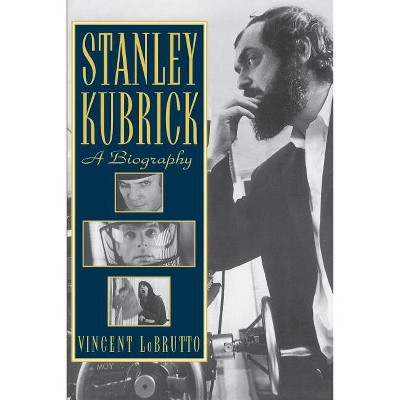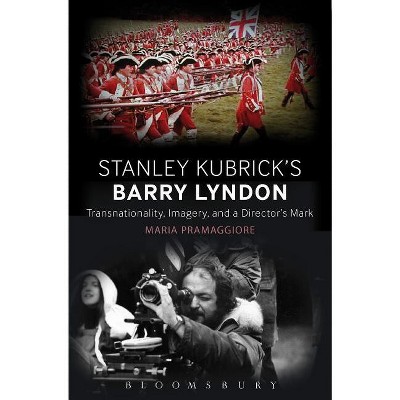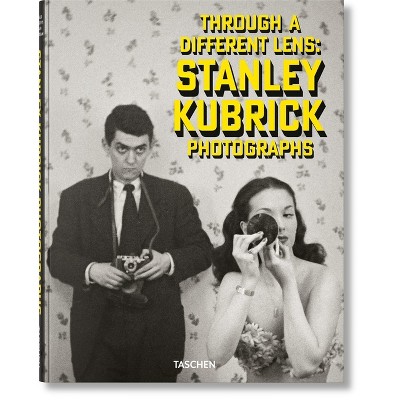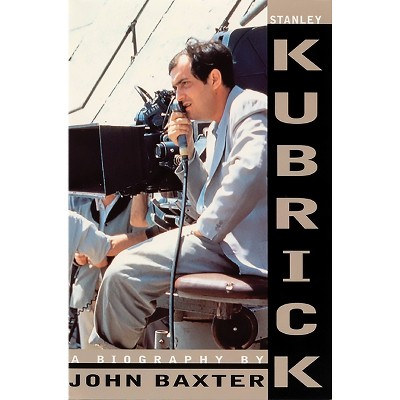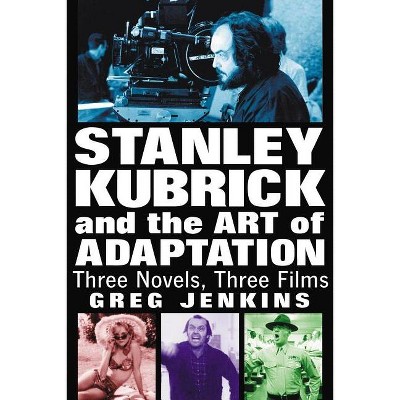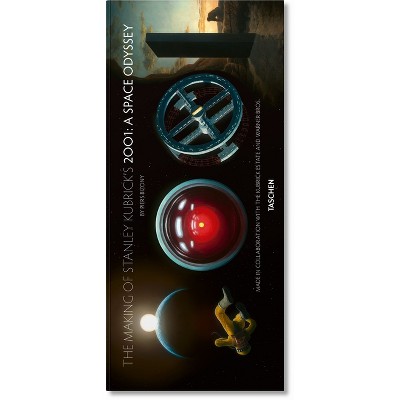Stanley Kubrick - 2nd Edition by Mario Falsetto (Paperback)

About this item
Highlights
- The second edition of Mario Falsetto's extensive analysis of Kubrick's films carefully examines the filmmaker's oeuvre in its entirety--from smaller, early films (The Killing) through mid-career masterpieces (Dr. Strangelove; 2001: A Space Odyssey; A Clockwork Orange), later films such as Full Metal Jacket, and his final work, 1999's Eyes Wide Shut.
- About the Author: Mario Falsetto received his PhD in Cinema Studies from New York University.
- 248 Pages
- Performing Arts, Film
Description
About the Book
The second edition of Mario Falsetto's extensive analysis of Kubrick's films carefully examines the filmmaker's oeuvre in its entirety--from smaller, early films (The Killing) through mid-career masterpieces (Dr. Strangelove; 2001: A Space Odyssey; A Clockwork Orange), later films such as Full Metal Jacket, and his final work, 1999's Eyes Wide Shut. The author, offering close readings supported by precise shot descriptions, shows us how Kubrick's body of work represents a stylistically and thematically consistent cinematic vision, one that merges formal experimentation with great philosophical complexity.
Falsetto explores many of Kubrick's often-used devices, including the long-take aesthetic, voice-overs, and moving camera, and discusses the thematic uses to which these techniques are applied. Finally, he presents the very first formal analysis of Eyes Wide Shut, the director's final, very much underrated masterwork.
Book Synopsis
The second edition of Mario Falsetto's extensive analysis of Kubrick's films carefully examines the filmmaker's oeuvre in its entirety--from smaller, early films (The Killing) through mid-career masterpieces (Dr. Strangelove; 2001: A Space Odyssey; A Clockwork Orange), later films such as Full Metal Jacket, and his final work, 1999's Eyes Wide Shut. The author, offering close readings supported by precise shot descriptions, shows us how Kubrick's body of work represents a stylistically and thematically consistent cinematic vision, one that merges formal experimentation with great philosophical complexity.
Falsetto explores many of Kubrick's often-used devices, including the long-take aesthetic, voice-overs, and moving camera, and discusses the thematic uses to which these techniques are applied. Finally, he presents the very first formal analysis of Eyes Wide Shut, the director's final, very much underrated masterwork.Review Quotes
?Though this book first appeared only eight years ago, the revised edition is welcome....this new edition supersedes the previous edition and will likely influence other critical considerations of this much-missed filmmaker. Includes 18 pages of black-and-white stills from the films. Upper-division undergraduates through faculty and professionals.?-Choice
"Though this book first appeared only eight years ago, the revised edition is welcome....this new edition supersedes the previous edition and will likely influence other critical considerations of this much-missed filmmaker. Includes 18 pages of black-and-white stills from the films. Upper-division undergraduates through faculty and professionals."-Choice
About the Author
Mario Falsetto received his PhD in Cinema Studies from New York University. He is a Professor of Film Studies at the Mel Hoppenheim School of Cinema at Concordia University in Montreal, and the author of Personal Visions: Conversations with Contemporary Film Directors and the editor of the anthology Perspectives on Stanley Kubrick.





